Gardening is a gift that keeps on giving, much like the perennials that grace our gardens year after year. Whether you’re just dipping your toes into the world of gardening or you’re a seasoned green thumb, there’s something magical about planting once and enjoying the beauty and bounty for seasons to come. This guide, “Top 10 Gift-Worthy Perennial Ideas,” offers a curated list of plants that are not only stunning but also make the perfect present for any garden enthusiast.
In this guide, you’ll discover a treasure trove of plants that promise both beauty and practicality, with each perennial bringing its own unique charm and resilience. From vibrant blooms that attract pollinators to hardy varieties that stand up to the elements, these perennials are the unsung heroes of the garden. You’ll gain insights into selecting the perfect plant, mastering care techniques, and ultimately feeling the joy of gifting something that grows. With these plants, success isn’t just possible—it’s practically guaranteed, bringing smiles to both you and the lucky recipient.
Lavender (Fragrant and Drought-Resistant)
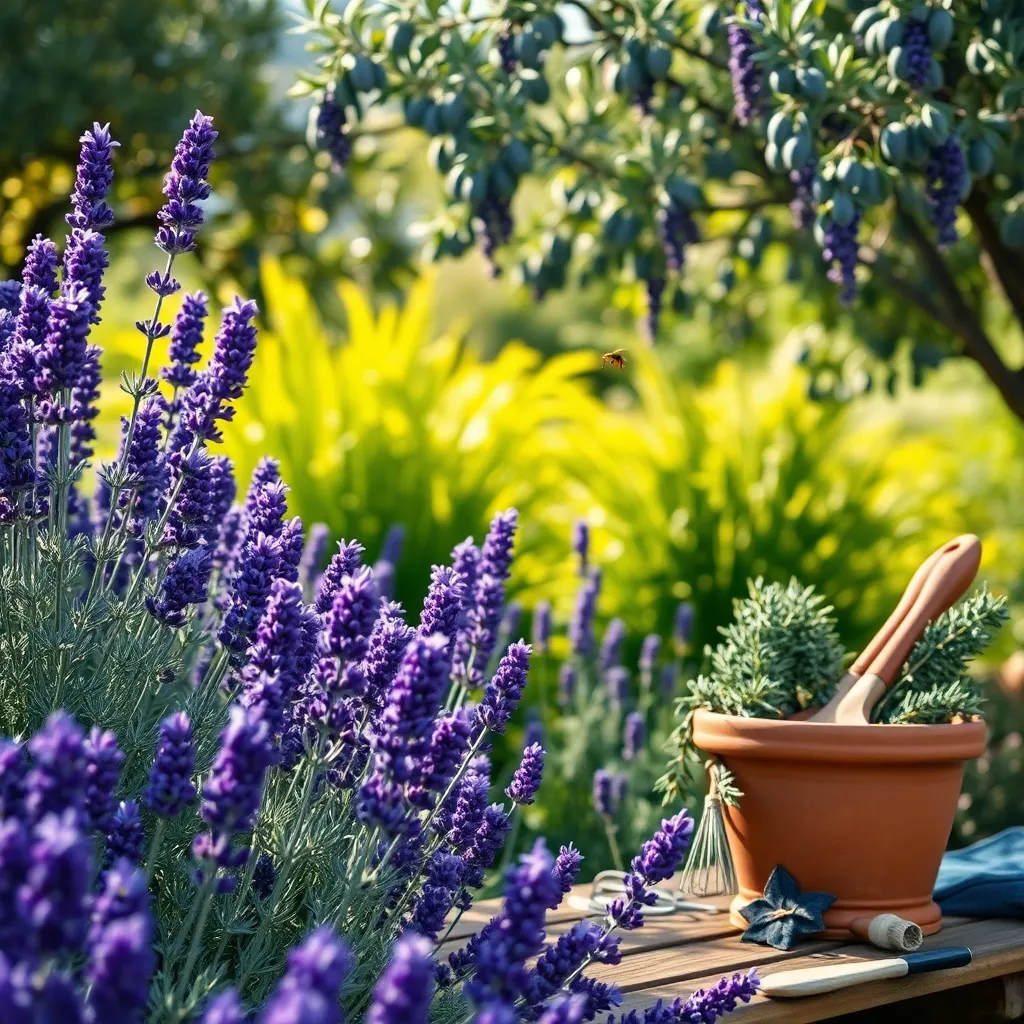
Lavender is a perfect gift for gardeners, known for its fragrant blooms and drought resistance. This perennial thrives in well-drained soil, so consider using a mix of sand and gravel to enhance drainage.
For optimal growth, place lavender in a spot that receives full sunlight for at least 6-8 hours a day. When watering, allow the soil to dry out completely between sessions to prevent root rot, as lavender prefers dry conditions.
Pruning is an essential step to encourage bushy growth and increase flower production. Trim your lavender plants in early spring, cutting back about one-third of the plant to maintain a compact shape.
Experienced gardeners might also experiment with various lavender varieties such as English, French, or Spanish, each offering unique scents and flower forms. To propagate, try taking semi-hardwood cuttings in late summer for new plants that will inherit the same characteristics as the parent plant.
Peony Varieties (Long-Lasting Blooms)
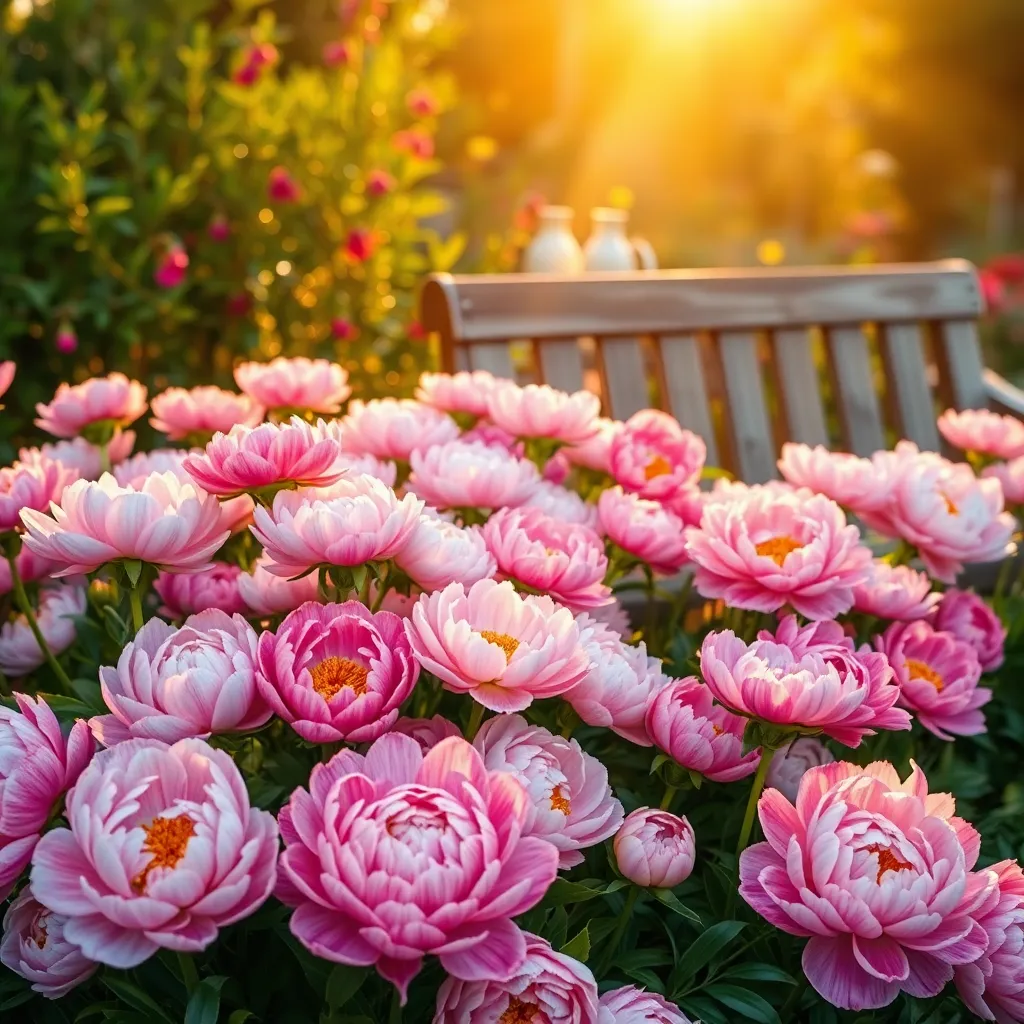
Peonies are a beloved choice for gardeners seeking long-lasting blooms, known for their lush, full flowers that burst with color and fragrance. To ensure vibrant peony growth, it’s essential to plant them in a location with full sun exposure and well-draining soil.
When planting peonies, dig a hole large enough to accommodate the root ball, and position the eyes of the tuber about 1 to 2 inches below the soil surface. Water them thoroughly after planting to help roots establish, but avoid overwatering, as peonies dislike soggy conditions.
For ongoing care, apply a balanced fertilizer in early spring as new growth emerges, and again after they finish blooming to promote robust growth and next year’s blooms. Deadhead spent flowers promptly to direct the plant’s energy towards strengthening the roots rather than producing seeds.
Experienced gardeners suggest staking peonies, especially taller varieties, to prevent them from flopping over under the weight of their blooms. Consider installing stakes or a peony ring early in the season before the plant reaches its full height, allowing for discreet support.
Hellebores (Winter-Blooming Beauties)
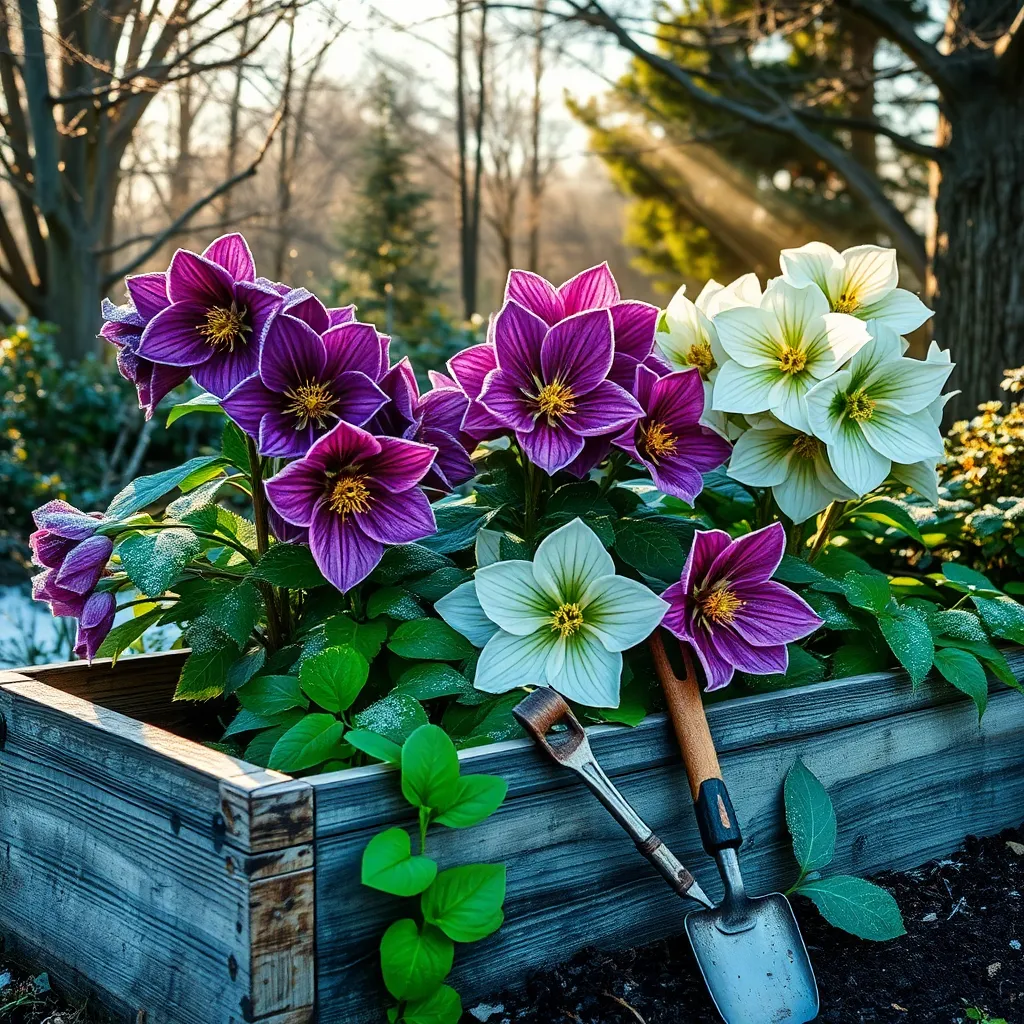
Hellebores, often called the “Christmas Rose,” are renowned for their ability to bloom in late winter to early spring, offering a splash of color when most gardens are still dormant. These hardy perennials thrive in USDA zones 4 to 9 and prefer a location with partial to full shade, making them perfect for woodland gardens.
To cultivate hellebores successfully, prepare the soil by enriching it with organic matter such as compost, which will improve drainage and fertility. It’s crucial to plant them slightly above the ground level to prevent water from pooling around the crown, which can cause rot.
Water the plants regularly during their first year to establish deep roots, but once established, hellebores are quite drought-tolerant. Mulching around the base can help retain moisture and maintain a stable soil temperature, benefiting these winter bloomers.
For those looking to propagate their hellebores, consider dividing mature clumps in early spring after they have finished blooming. This not only rejuvenates the plants but also provides you with more specimens to expand your garden or share with fellow gardeners.
Daylilies (Easy-Care Color Splash)
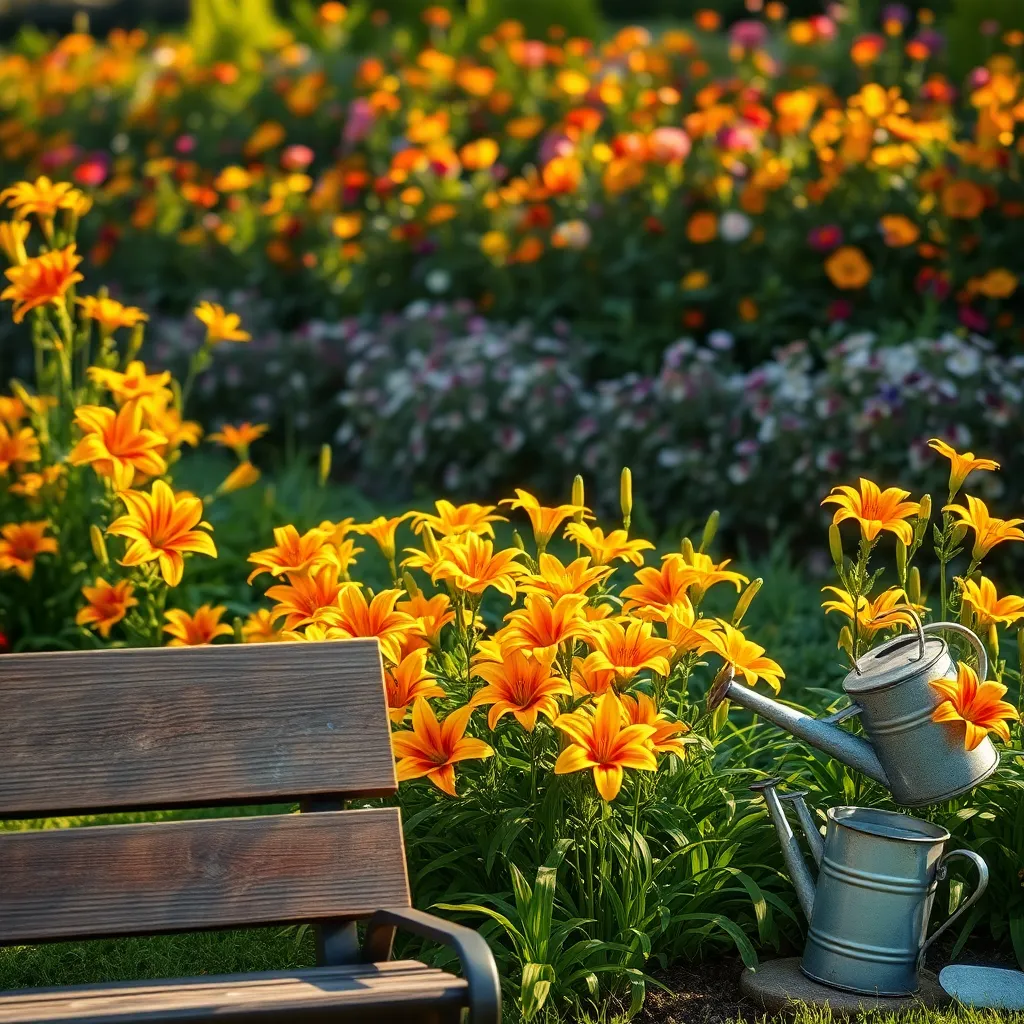
Daylilies are the quintessential low-maintenance perennials, offering a vibrant splash of color to any garden. They thrive in a variety of conditions, making them ideal for both beginners and seasoned gardeners seeking hardy plants.
For optimal growth, plant daylilies in well-drained soil, enriched with organic matter to boost nutrient levels. They prefer full sun, but can tolerate partial shade, making them versatile in different garden settings.
Water daylilies deeply once a week, especially during dry spells, to ensure their roots receive adequate moisture. To encourage reblooming, remove spent flowers regularly and divide overcrowded clumps every three to five years.
Consider testing different daylily varieties to explore a range of colors and bloom times. Advanced gardeners can experiment with hybridizing daylilies to create unique combinations, adding a personal touch to their gardens.
Bee Balm (Pollinator-Friendly Perennial)

Bee Balm is a fantastic addition to any garden, especially for those looking to attract pollinators like bees and butterflies. This vibrant perennial thrives in full sun and well-drained soil, making it a versatile choice for various garden settings.
Watering Bee Balm consistently is essential, but ensure the soil remains well-drained to prevent root rot. For best results, water deeply once a week, adjusting for rainfall, to encourage a deep root system.
Incorporating Bee Balm into your garden not only enhances its beauty but also its ecological value. Plant this perennial in groups of three for maximum visual impact and increased appeal to pollinators.
Advanced gardeners can enhance Bee Balm’s health by applying a layer of mulch to conserve moisture and suppress weeds. Regular deadheading will also promote continuous blooming, keeping your garden vibrant all season long.
Hostas (Shade-Loving Foliage Marvels)
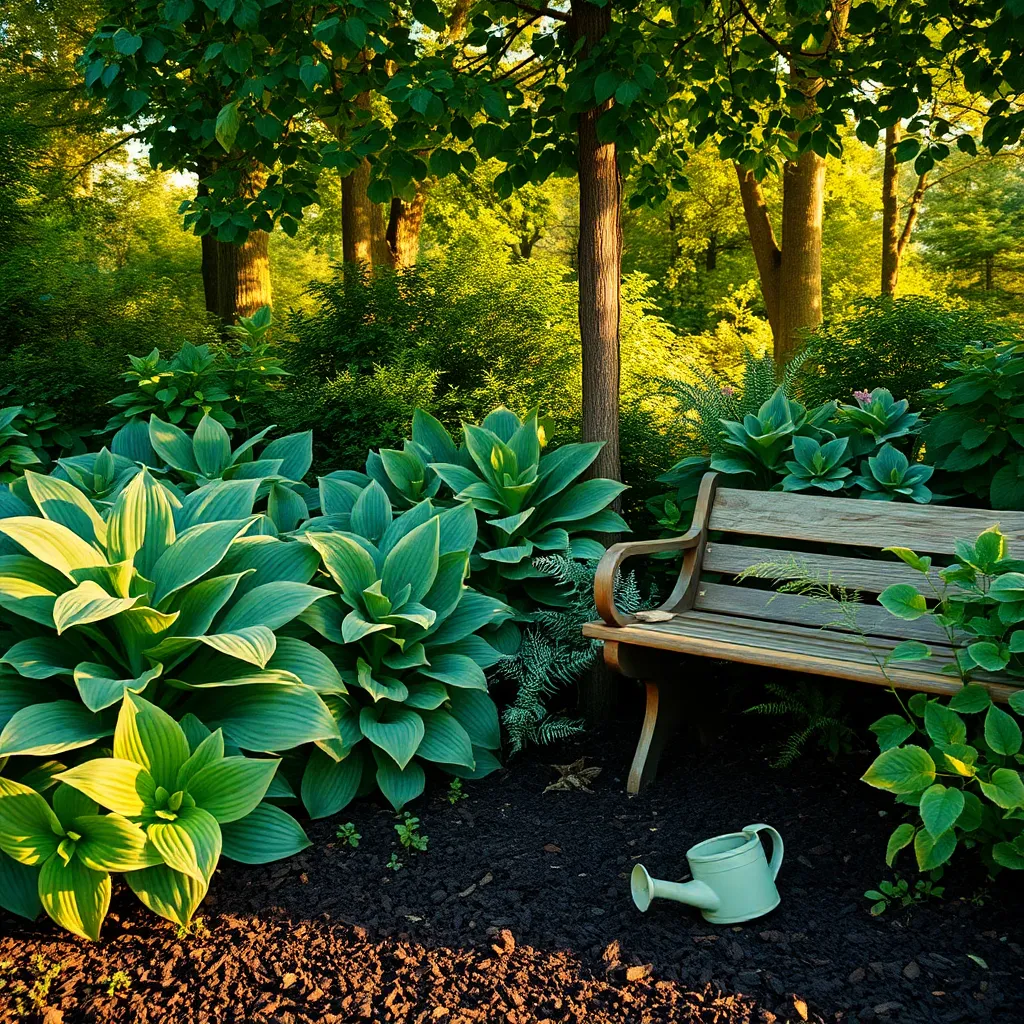
Delightfully versatile, hostas are a favorite among shade gardeners for their lush, varied foliage. These perennials thrive in partial to full shade, making them perfect for those tricky spots in your garden where sunlight is scarce.
When planting hostas, ensure they are in well-drained, rich soil to promote vigorous growth. Amend your soil with organic matter, such as compost or well-rotted manure, to enhance its fertility and structure.
Watering is crucial for hostas, especially during dry spells. Keep the soil consistently moist but not waterlogged, as soggy conditions can lead to root rot.
For those looking to boost their hostas’ performance, consider adding a balanced, slow-release fertilizer in early spring. This will provide a steady nutrient supply as the plants begin to emerge from dormancy.
Coneflowers (Vibrant and Wildlife-Friendly)
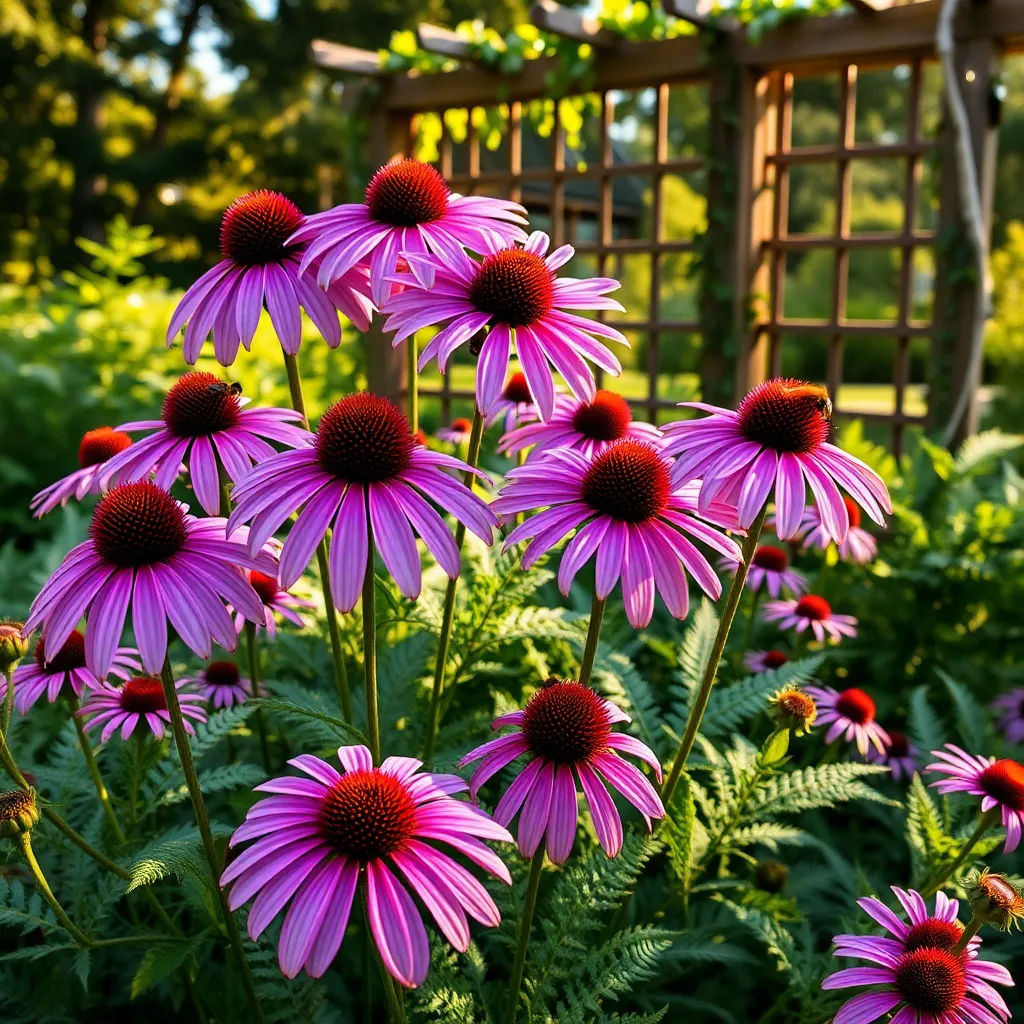
Coneflowers, also known as Echinacea, are a vibrant addition to any garden, celebrated for their striking blooms and wildlife appeal. These hardy perennials thrive in full sun and well-drained soil, making them an ideal choice for gardeners seeking low-maintenance beauty.
To encourage abundant flowering, ensure your coneflowers receive at least six hours of sunlight daily. Water them regularly but avoid overwatering; allowing the top inch of soil to dry out between waterings is crucial for their health.
Planting coneflowers is straightforward, with seeds or transplants both offering reliable results. If you’re sowing seeds, start indoors six to eight weeks before the last frost date, or directly sow them in the garden after the danger of frost has passed.
For experienced gardeners looking to enhance their coneflower display, consider deadheading the blooms to promote prolonged flowering throughout the season. Additionally, dividing mature plants every three to four years will invigorate growth and prevent overcrowding.
Sedum (Low-Maintenance Ground Cover)

For those seeking a low-maintenance yet visually appealing ground cover, Sedum is an excellent choice. This hardy perennial thrives in a variety of conditions, making it ideal for beginners and experienced gardeners alike.
Adaptable to most soil types, Sedum prefers well-drained soil and can even flourish in sandy or rocky environments. To encourage optimal growth, water sparingly; this drought-tolerant plant can suffer from overwatering.
Plant Sedum in a sunny spot to enjoy its full potential, as it requires at least six hours of sunlight daily. While it can tolerate partial shade, more sun will result in more vibrant foliage and blooms.
For advanced gardeners looking to propagate Sedum, consider taking leaf or stem cuttings in the spring or early summer. Simply plant them directly in the ground or in pots filled with a sandy soil mix, and they’ll root quickly with minimal effort.
Japanese Anemones (Late Summer Elegance)
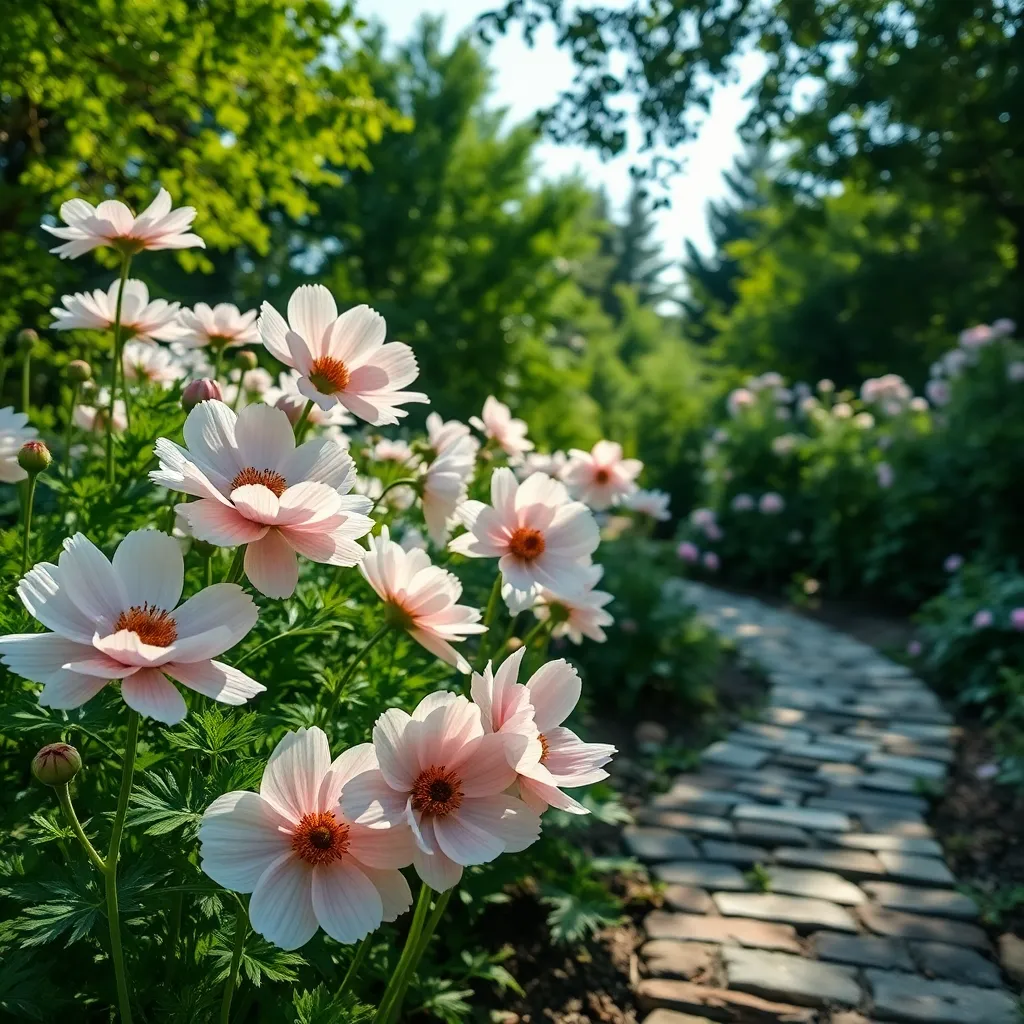
Japanese Anemones bring a touch of elegance to any garden with their delicate blooms and graceful stems. These perennials thrive in partially shaded areas, making them perfect for gardens with dappled sunlight.
To grow Japanese Anemones successfully, plant them in well-draining, rich soil with a neutral to slightly acidic pH. Water regularly, especially during dry spells, to keep the soil consistently moist but not waterlogged.
Mulching around the base of the plants helps retain moisture and suppress weeds, contributing to healthier growth. For those looking to enhance their garden’s visual appeal, consider planting these anemones alongside hostas or ferns for a lush, layered effect.
Gardeners seeking to extend the blooming period can deadhead spent flowers to encourage more blooms. As a bonus for experienced gardeners, dividing the clumps every few years will ensure vigorous growth and prevent overcrowding.
Salvia (Extended Blooming Season)
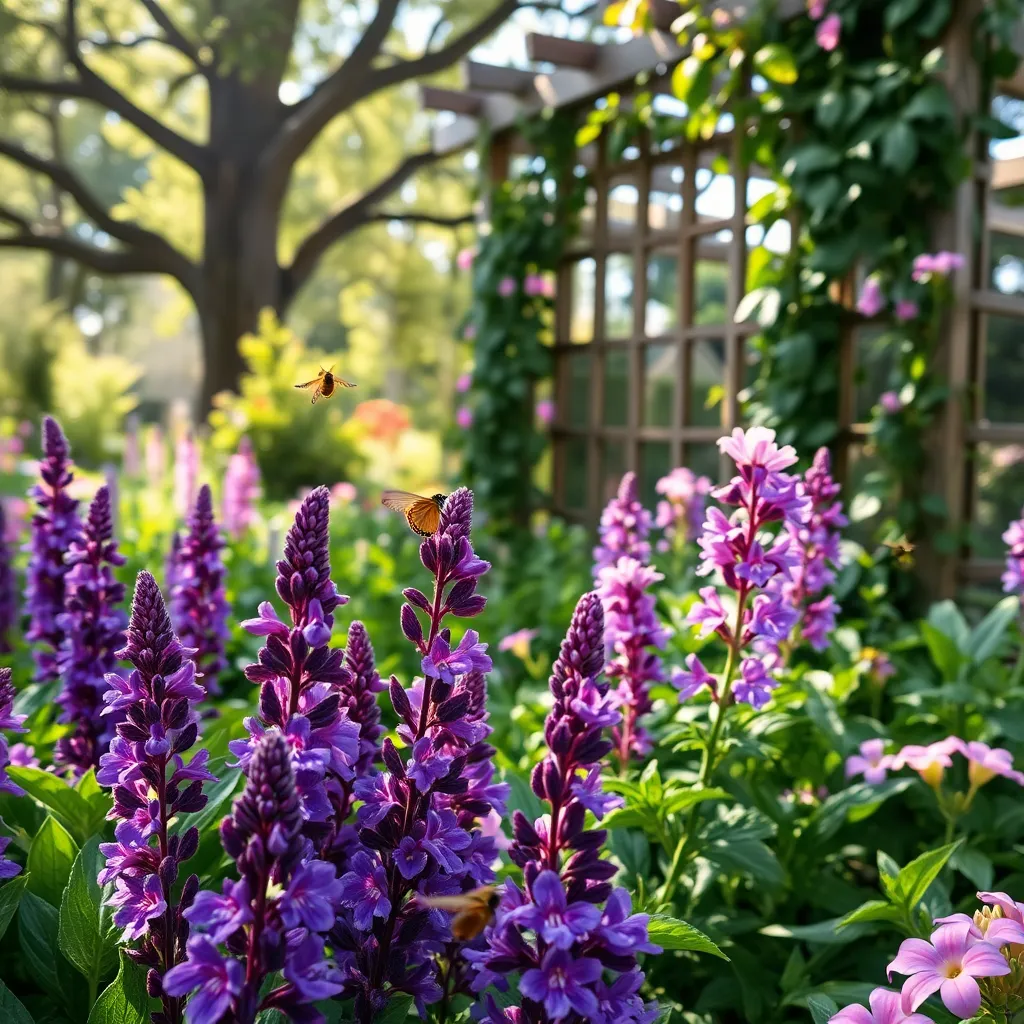
Salvia, known for its vibrant spikes of color, offers an extended blooming season that can enhance any garden. For beginners, planting this perennial in well-drained soil with full sun exposure is crucial to encourage prolific blooming.
Once established, Salvia requires minimal care, making it an excellent choice for busy gardeners. Regular deadheading throughout the growing season can extend its blooms, providing color from late spring into fall.
For optimal growth, water Salvia deeply but infrequently, allowing the soil to dry out between waterings. This perennial thrives in various climates, but adding a layer of mulch can help retain moisture and suppress weeds, particularly in warmer regions.
Experienced gardeners can experiment with different Salvia varieties, such as ‘May Night’ or ‘Caradonna’, to create a diverse palette of colors. Consider dividing your plants every few years to maintain vigor and prevent overcrowding, ensuring a lush display season after season.
Conclusion: Growing Success with These Plants
In exploring the ‘Top 10 Gift-Worthy Perennial Ideas,’ we’ve uncovered a treasure trove of relationship-enhancing concepts. From the power of thoughtful communication and the magic of shared experiences to the importance of nurturing trust and practicing gratitude, each idea serves as a valuable tool in fortifying your connection. We have also celebrated the joy of surprises, the art of active listening, and the impact of mutual respect. By embracing vulnerability, fostering support, and cherishing quality time, you can cultivate a love that flourishes endlessly.
As your next step, choose one idea from this list and implement it today. Whether it’s writing a heartfelt note or planning a spontaneous date, small actions can yield profound results. Remember, relationships thrive on continuous effort and attention.
Don’t let these insights slip away—bookmark this article as your go-to guide for strengthening your bond. With each revisit, you’ll discover new ways to enrich your relationship.
Looking ahead, envision a future where your relationship blossoms with resilience and joy. By consistently applying these principles, you lay the groundwork for lasting happiness and fulfillment. Now, take that first step and watch your relationship thrive!





